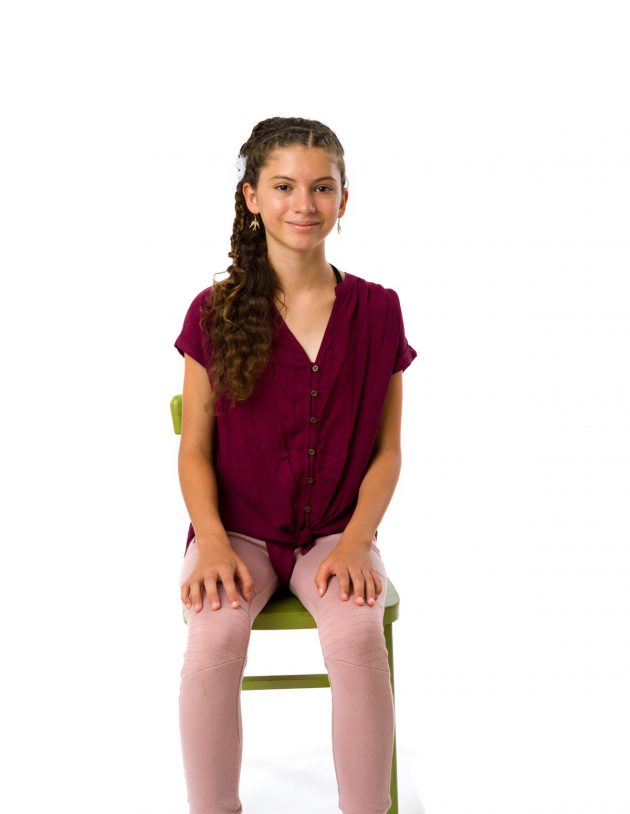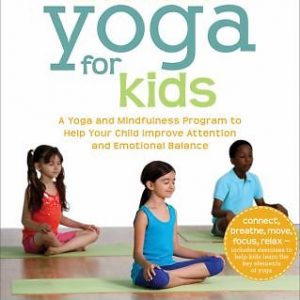The efficacy of yoga and other mindfulness practices are supported by thousands of years of tradition. Now, science is confirming the benefits for kids, too. (exceprt from Little Flower Yoga for Kids)
Yoga and other mindfulness practices have been the subject of an increasing amount of research as they have become more popular in the West. For example, science now supports many of the benefits traditionally associated with yoga practice, including decreased stress and increased physical and emotional wellness. Recent advances in neuroscience confirm that contemplative practices, such as yoga and mindfulness meditation, can change the physical structure of the brain, effectively training it to work in more positive and productive ways.
Increasing Attention
Yoga practice has traditionally been associated with an increased capacity for sustaining attention. One of the eight limbs of Patanjali's ashtanga yoga system, dharana, is dedicated to concentration, and aspects of breathwork and movement support it. This has been an interesting area of study for researchers, who are beginning to confirm this traditional knowledge. In one study, students who practiced mindful breathing reported that they were better able to focus, relax, reduce anxiety before taking a test, make better decisions when in conflict, and redirect their attention when off task (Napoli, Drech, and Holley 2005). A 2004 study published in the Journal of Attention Disorders found a reduction in restlessness, impulsivity, and inattentiveness specifically in boys with ADHD after 20 weeks of weekly yoga sessions (Jensen and Kenny 2004). In a 2011 study, Adele Diamond, a leader in the field of cognitive neuroscience, found that yoga (particularly an approach that addressed both physical practice and social and emotional development) was among practices that improved executive function in four-to twelve-year-olds. “Executive function” refers to the “set of cognitive functions involved in the top-down control of behavior” (Diamond and Lee 2011). It is what allows us to regulate our behavior, make good decisions, control our impulses, and selectively apply our attention.
Studies on mindfulness and meditation have also shown promising results in both children and adults. Several years’ worth of very interesting work led by Antoine Lutz and Richard Davidson has shown that meditators, even beginners, had increased activation in regions of their brains needed for controlling attention. One of their most recent studies has additionally shown that extremely experienced meditators had less brain activation while also performing attention-related tasks better, attesting that meditation actually made paying attention easier for the brain (Slagter, Davidson, and Lutz 2011). While this work was done on adults, other studies on children support similar ideas. In 2010, Randye Semple, a clinical psychologist at the University of Southern California, found that participants in a mindfulness-based cognitive therapy program for children had reduced attention problems and that these improvements were maintained for at least three months following the intervention (Semple et al. 2010).



















